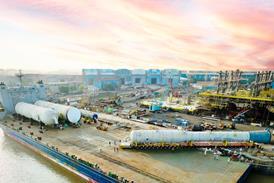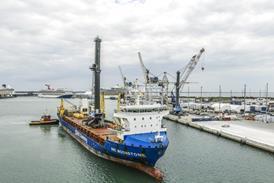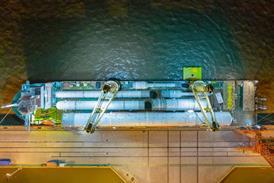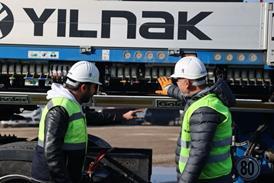Germany’s Hess used an Enerpac SL380 hydraulic gantry to navigate tight space and height limits in a Ruhr residential area, recovering concrete pipe jacking sections during pipeline installation.
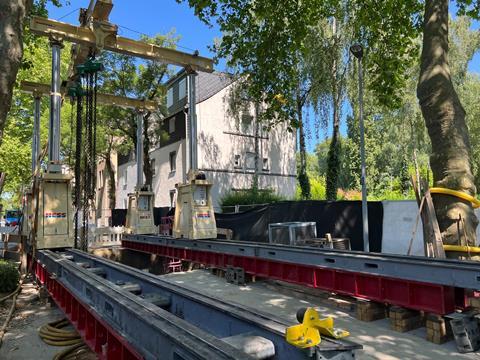
Rather than digging large trenches along the entire length of the pipeline, pipe jacking needs only small access points – known as entry and exit pits – at the start and end of the pipeline route. The process, where surface disruption in urban environments is minimised using a trenchless construction, sees concrete sections weighing several tonnes pushed through the earth using hydraulic jacks at the entry pit.
The Enerpac SL380 gantry was assembled over the 14 m deep exit pit on a gantry track and special HEM beams, with the gantry’s two header beams connected by a HEM cross beam whereby two pneumatic chain hoists were mounted. Then, the SL380 recovered the pipe jacking cutting head and 11 concrete jacking pipes, which each weighed up to 31.6 tonnes.
As each pipe section was lifted from the exit pit, it was skidded to a nearby low loader.
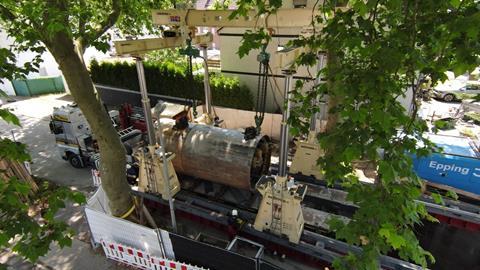
“The biggest challenge was the extremely limited space and the height restrictions imposed by nearby trees,” said Dennis Vandenhirtz, project engineer, Hess. ”Using the Enerpac SL380 gantry meant we were able to safely lift the pipe sections and complete the job in only four days including assembly and disassembly of the gantry.”
Last week, HLPFI reported that SIMI had assembled power plant engines using its Enerpac SBL1100 hydraulic gantry.

